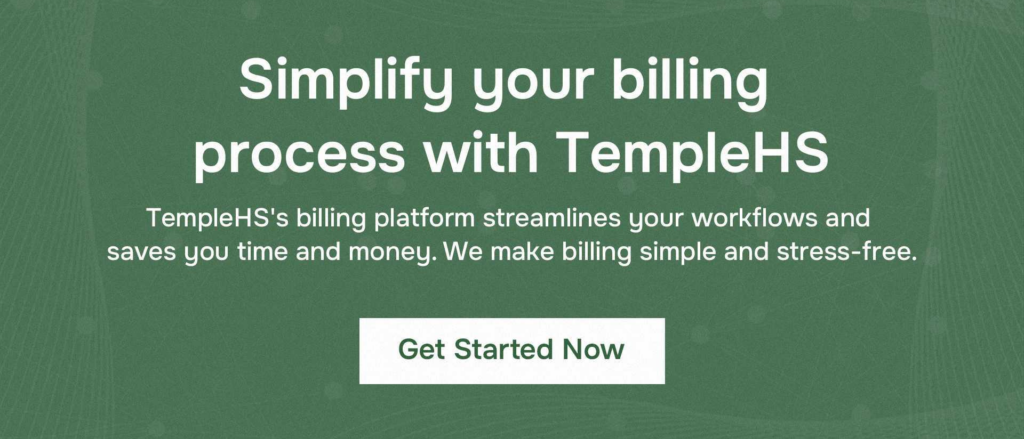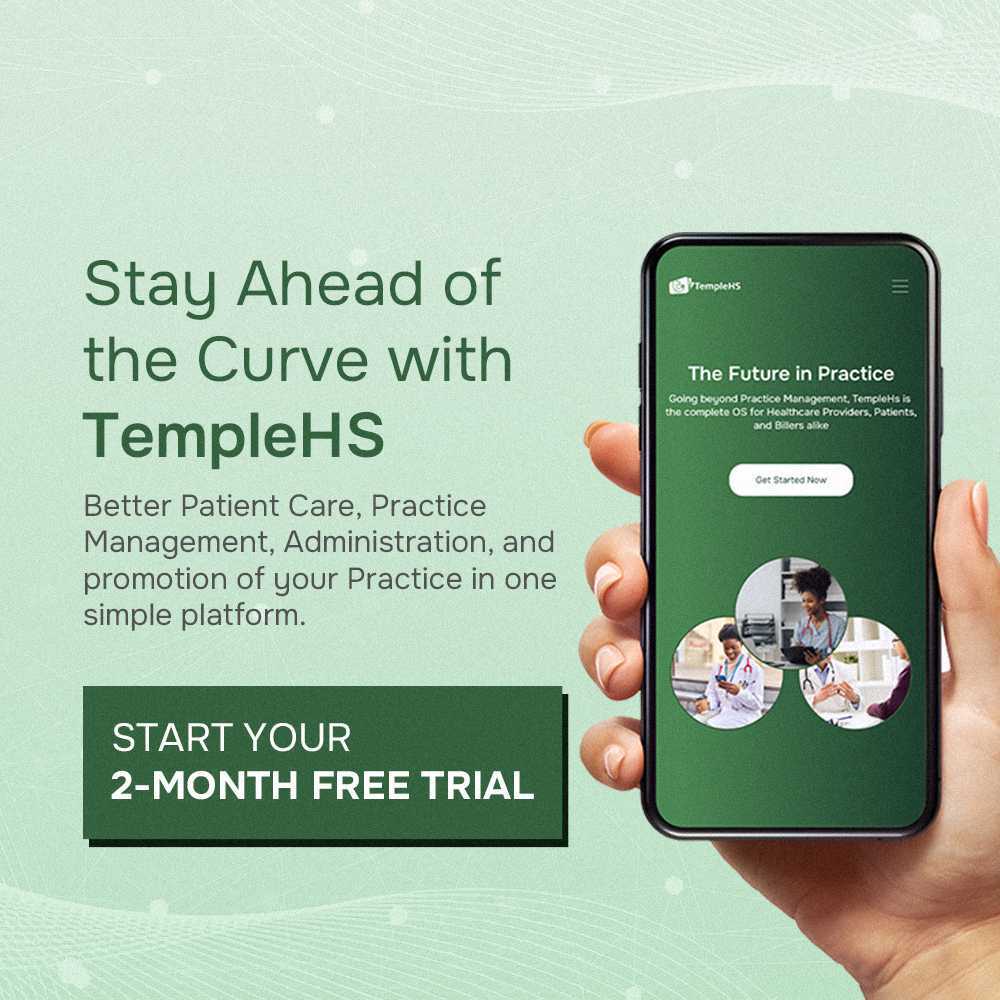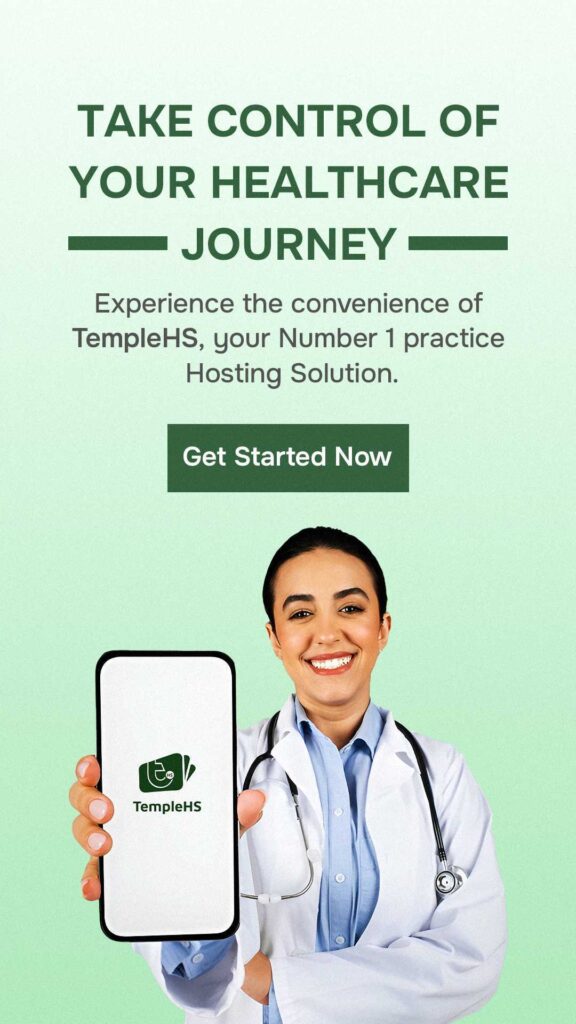Introducing an effective patient reminder system is a critical step for solo practitioners to enhance their practice’s efficiency and patient care. In today’s fast-paced healthcare environment, maintaining consistent and clear communication with patients is more than just a convenience; it’s necessary.
An efficient reminder system helps reduce missed appointments and plays a vital role in improving the overall patient experience. For solo practitioners, who often juggle numerous responsibilities, implementing a reminder system that is both efficient and unobtrusive can make a significant difference in daily operations.
How to Implement a Successful Patient Reminder System
1. Choose the Right Technology
Implementing an effective patient reminder system begins with selecting the appropriate technology. The ideal system should integrate smoothly with your existing practice management software, creating a cohesive workflow. Key features to look for include automated SMS, email reminders, and voice calls, ensuring a range of communication methods to suit different patient preferences.
Also, it’s crucial to choose a system that is HIPAA-compliant. This compliance is vital for maintaining the confidentiality and privacy of patient information, a core aspect of healthcare practice.
2. Personalization
The effectiveness of a reminder system significantly increases with personalization. Addressing patients by name and providing specific details about their appointments, such as the date, time, and appointment type, makes the communication more engaging and less generic.
This approach demonstrates a higher level of care and attention to detail and helps reduce the likelihood of missed appointments. Personalized reminders are more likely to be noticed and acted upon, as they directly relate to the individual’s schedule and healthcare needs.
3. Timing of Reminders
The timing of reminders is an essential factor in their effectiveness. It’s advisable to experiment with different timings to discover what resonates best with your patient demographic. A common practice is to send a reminder a few days before the appointment, followed by a second reminder the day before.
This strategy ensures that the appointment is fresh in the patient’s mind without being too intrusive. Finding the right balance in timing can significantly reduce no-show rates and improve patient engagement with their healthcare appointments.
4. Opt-In System
An opt-in system empowers patients by allowing them to receive reminders and select their preferred communication method, whether SMS, email, or voice calls. This customization respects individual preferences and needs, fostering a more patient-centered approach. Such autonomy can lead to higher engagement and responsiveness, as patients are more likely to attend to reminders that arrive through their chosen medium.
5. Feedback Loop
Integrating a feedback loop into the reminder system where patients can promptly confirm or reschedule their appointments directly from the reminder enhances the system’s utility. This feature serves a dual purpose: it drastically reduces the rate of no-shows and allows for better management of the practitioner’s schedule.
When patients can easily confirm their attendance or reschedule, it leads to more accurate scheduling. This helps optimize appointment slots and reduces the likelihood of gaps in the practitioner’s schedule. It also provides real-time updates to the practitioner, allowing for dynamic scheduling adjustments.
6. Regular Updates and Maintenance
The reminder system should not be a static tool; regular updates and maintenance are essential. The healthcare landscape and patient needs constantly evolve, so the system must adapt to these changes. This might include updating the software to include new features, improving the user interface for better patient interaction, or adjusting the communication style of the reminders.
Regular maintenance ensures the system functions efficiently, with minimal downtime or technical issues, thereby maintaining a consistent and reliable communication channel with patients. It’s important that these updates also consider patient feedback and usage patterns, tailoring the system to meet the changing needs and preferences of the patient base.
7. Educate Your Patients
Educating patients is crucial for the success of a reminder system. During their visits, highlight how reminders can ensure they don’t miss important health appointments, leading to better health management. Distribute informational pamphlets outlining the system’s benefits, such as convenience and personalization.
Also, utilize your practice’s website to provide detailed information about how the system works, its privacy features, and how it can enhance their experience with your practice. This education promotes patient engagement and increases their comfort level with the technology, leading to higher acceptance and usage rates.
8. Monitor and Analyze
Constant monitoring and analysis of the reminder system are essential. Track no-show rates both before and after implementing the system to gauge its effectiveness. Pay attention to patient feedback, which can offer valuable insights into how the system is perceived and any improvements that can be made.
Analyzing appointment adherence rates helps understand if the reminders are timely and effective. This data can be used to make informed decisions about the frequency and content of reminders. Adjusting the system based on these analytics ensures it remains effective and responsive to patient needs.
9. Discreet Implementation
For a seamless integration of the reminder system, start by introducing it to a small, diverse group of patients. This allows for a test run to identify any issues and make improvements before a full rollout. Gradually expand the system to more patients, integrating their feedback and making adjustments as needed. This phased approach ensures that the implementation is smooth and doesn’t disrupt the regular workflow of the practice.
It also prevents the system from becoming too intrusive or overwhelming for both the practice and the patients. By making it a gradual part of your practice’s routine, the system becomes a natural aspect of patient interaction, enhancing their experience without being overtly noticeable.
Conclusion
Successfully implementing a patient reminder system is instrumental in transforming how solo practitioners manage their practices. By focusing on patient education, monitoring the system’s effectiveness, and ensuring a discreet integration into daily operations, practitioners can significantly reduce no-shows, improve patient engagement, and streamline their workflow.
This strategic approach not only enhances patient satisfaction but also supports the practitioner in providing high-quality care, ultimately contributing to their practice’s long-term success and sustainability.



